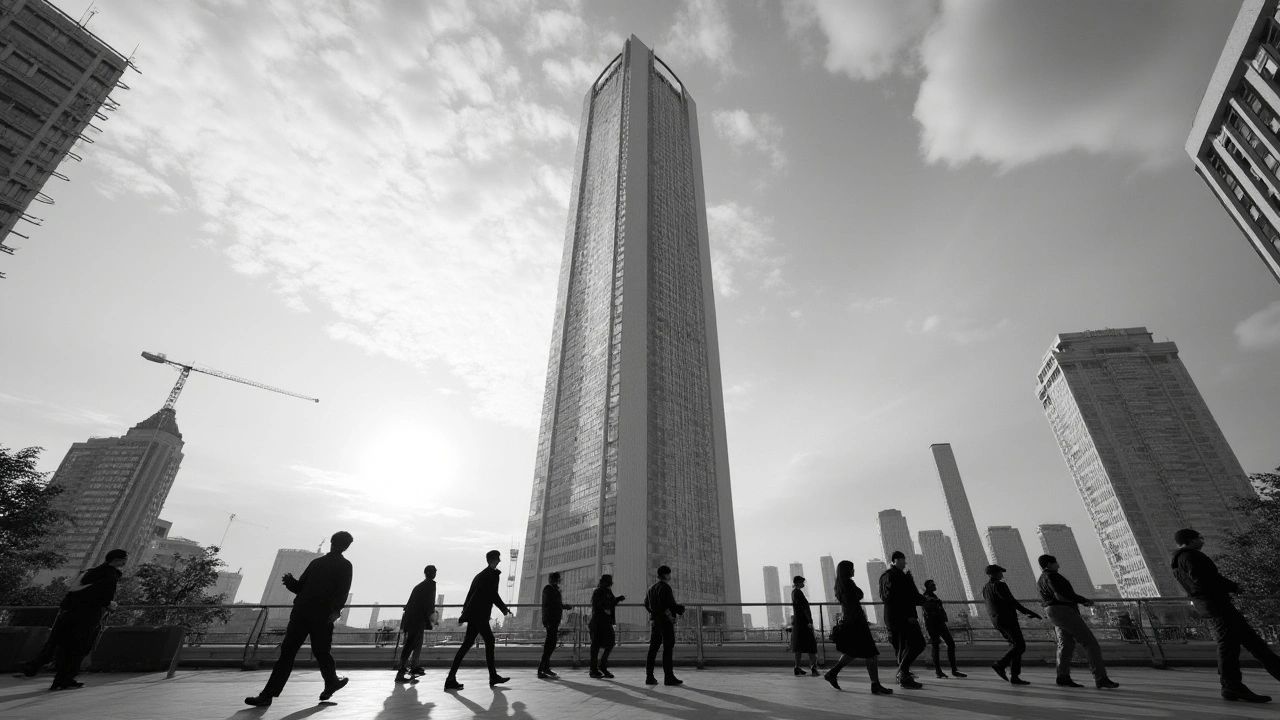The International Style in art and architecture marked a significant shift in design philosophy during the 20th century. By focusing on simplicity, volume, and the absence of ornamentation, it transcended borders to become a universal language in the creative world. This article delves into its evolution, key characteristics, and notable examples globally, offering insight into how it shapes modern aesthetics.
Global Art in Architecture: How Buildings Tell the World's Stories
Buildings are silent storytellers. A Roman arch, a Beaux-Arts facade, or a neo-futurist tower each carries a clear artistic choice and a cultural moment. Want to read those stories faster when you walk a city street? This tag page collects clear, practical guides and examples from around the world so you can spot style, understand context, and use ideas in your own projects.
What you'll find here
Short, focused articles on major movements: Renaissance, Baroque, Greek Revival, Beaux-Arts, Colonial, Constructivist, High-Tech, Neo-Futurism, Bauhaus, Mid-Century Modern and more. Each post explains what makes that style look the way it does, where it started, and how it still appears today. Want history, travel tips, or renovation pointers? There are posts for those too—fast reads you can use on the go.
Quick spotting guide: five simple clues
1) Columns and symmetry often point to classical roots (Greek Revival, Renaissance). 2) Big, decorative facades with sculpture or grand staircases? Look for Beaux-Arts or Baroque influence. 3) Clean lines, function-first layouts, and simple materials hint at Bauhaus or Mid-Century Modern. 4) Exposed steel, glass curtain walls, and visible structure usually mean High-Tech. 5) Bold angles, abstract forms, and theatrical shapes are signs of Expressionist or Neo-Futurist work. Use these clues to sort buildings quickly while you’re out exploring.
Each post on this tag includes photos and practical tips: where to find the best examples, what details to photograph, and how to check whether a building is original or a modern pastiche. If you're planning a trip, read the style overview first, then open the city-specific piece for local examples.
Want to use historical styles in a new design? Several posts offer renovation and design advice—how to balance original detail with modern systems, which features are worth preserving, and which choices help a space feel authentic without becoming a replica.
If you teach or study architecture, use this tag as a quick reference list. Each article cites key buildings and people, making it easy to find primary examples for a lecture or research. For casual readers, the posts make architectural history readable and useful: no jargon, just clear facts and visible examples.
Curious where to start? Pick a style that catches your eye—maybe a columned courthouse or a shiny steel museum—and read its feature post. Then jump to comparisons and travel guides to see how that style blends with local culture. Keep a photo album of details you like; the posts include short notes on how those details influence space, light, and feeling.
Explore the list, click into posts that match your interests, and use the spotting tips while you walk. Architecture is practical art—this tag helps you read it, enjoy it, and use it.

